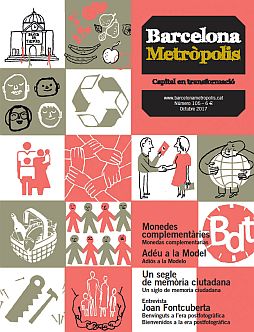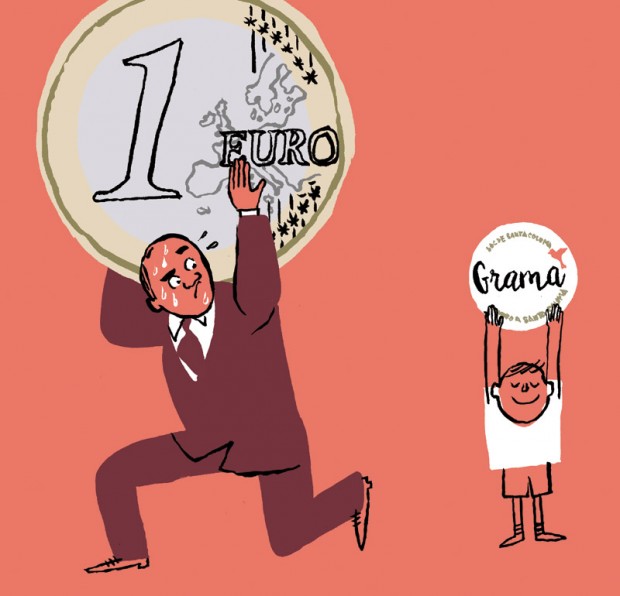Complementary currencies are exchange systems set up alongside official ones to advance social, environmental or economic goals, highlighting local assets and resources that are not part of the usual exchange circuits. They also pose an alternative—and a challenge—to traditional banking, a model of banking that emerges from each new financial crisis more concentrated and stronger than before, helped by digitalisation. Rather than fostering the elimination of intermediaries as in other economic sectors, in the financial sector digitalisation makes them ever more powerful. Barcelona is preparing its own alternative currency, initially linked to a social and commercial development plan for the neighbourhoods of the Eix Besòs (Besòs hub). On the following pages we lay out the general characteristics of the project and present its precedents and the theoretical and practical basis of these alternative exchange models, including some that are not strictly monetary, such as time banking and various types of cooperative organisation. As well as systems not far removed in time or space, such as the grama, of Santa Coloma de Gramanet, or the seny, of the Ecoxarxa Montseny, this dossier also features other successful systems like Switzerland’s WIR business credit cooperative, the Bristol Pound, the local currency of the Austrian town of Wörgl (which had spectacular results during the years of the Great Depression) and the LETS (Local Exchange and Trading Systems) that arose in Canada in 1983. The ‘econetworks’ set up in Catalonia after 2009 and the Cooperativa Integral Catalana (Catalan Integral Cooperative), which produced numerous alternative economic projects, deserve an article of their own.




